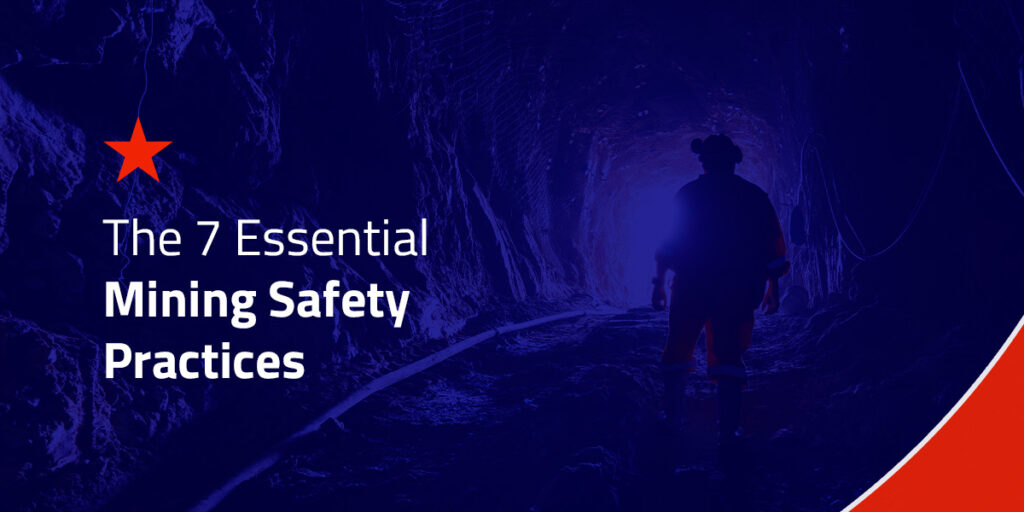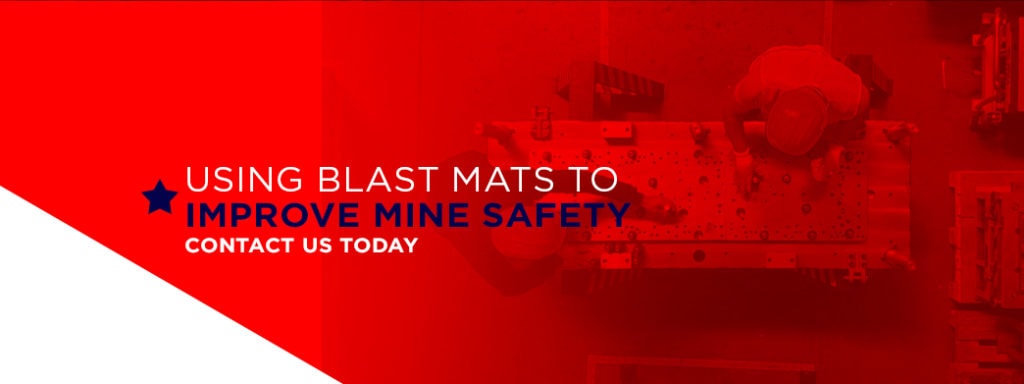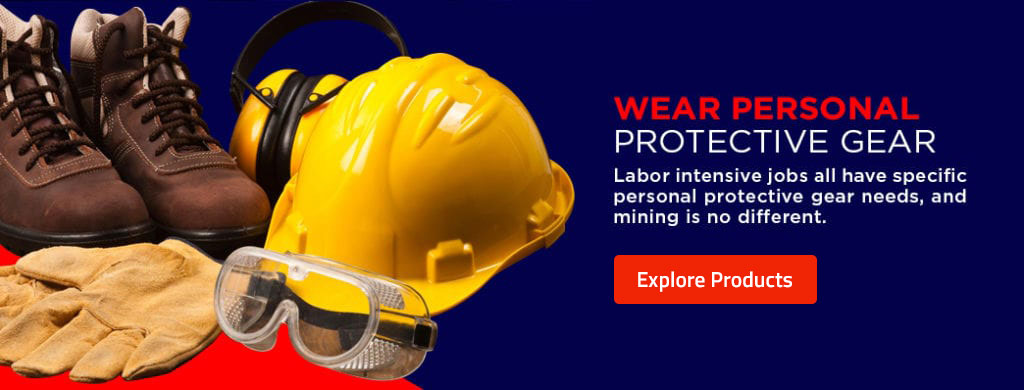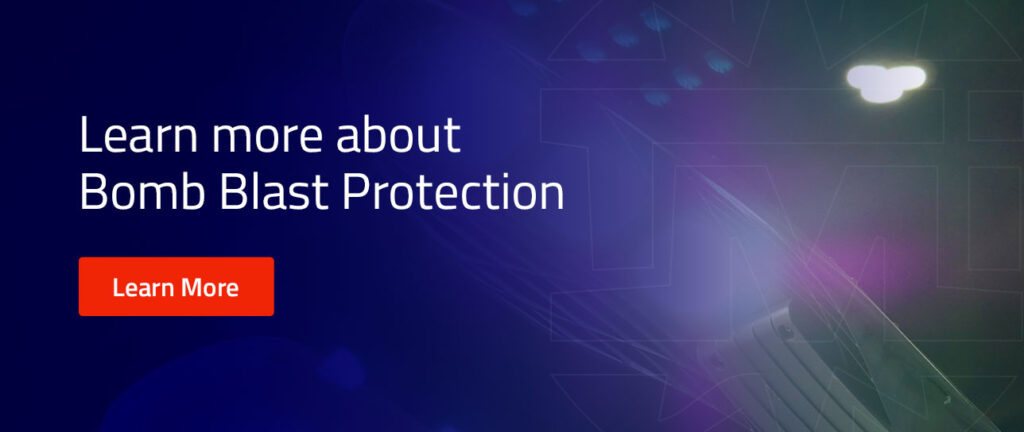
Exploring Mining Health and Safety in the 21st Century
Navigating below ground to dig coal and other valuable minerals out of the earth is a unique job. Historically, mining was considered one of the most dangerous occupations. Today, health and safety regulations, along with advanced mining safety equipment, mean mining has become much safer.
Even with these advances, serious risks still exist. The realities of mineral extraction, such as mining, drilling and exploring cavernous spaces, involve varying levels of danger. That's why safety is key to preserving health and saving lives.
Let's explore the top safety concerns for the mining industry, along with practices and procedures that can help mitigate the risk to the brave men and women who work in this field.
Safety Issues Related to Mining Coal and Other Minerals
The nature of mine operations involves potentially dangerous situations. Employees in the mining industry must be trained to work safely and be aware of hidden hazards. Some of the inherent dangers of the mining profession include the following:
- Proximity to high-risk equipment, such as explosive units
- Body stress caused by heavy lifting
- Slips and falls
- Impacts from heavy objects or machinery
- Poor air quality leading to respiratory illness
- Noise and vibrations leading to long-term health concerns
- Harmful or toxic gas emissions
- Ground collapse or cave-in
- Extreme temperatures
- Mine explosions and fires
- Flooding
LEARN ABOUT INFRASTRUCTURE PROTECTION PLANNING
The Importance of Mining Occupational Health and Safety
One way to improve mining safety is through prevention and awareness. Mining occupational health and safety is a comprehensive strategy that seeks to protect miners and create a deeply ingrained safety culture.
The U.S. Department of Labor's Mine Safety and Health Administration (MSHA) enforces the rules in the United States. This agency works with state governments and leading operators to develop strategies to enhance mining safety practices. Its main goals are to prevent accidents and protect miners' health.
Top 7 Underground Mine Safety Tips
While there are many risks associated with mining, there are multiple ways the mining industry can improve mining safety to promote a secure and healthful workplace. Here are seven best practices in mining that can increase the safety of your mining operations.
1. Enforce Rigorous Safety Standards
It's essential to protect the safety of workers and people nearby who may be affected by your mining operations. Start by carefully considering your organization's mine safety and health policies. These guidelines generate a positive perspective on safety and engage everyone in the safety process.
Basic safety standard guidelines should include the following:
- Proactive planning, risk assessment and management to address potential hazards
- Real-time monitoring of work environment and employee health
- Incident reporting and thorough investigations to improve safety practices
- Established protocols for emergency preparedness and response
- Worker feedback on areas of improvement
2. Utilize Mining Safety Products and Protective Gear
Safety gear, especially PPE (personal protective equipment), shields miners from a wide variety of hazards, including impacts, harmful gases and extreme temperatures. Miners need to be protected from head to toe with gear that fits correctly and is regularly inspected, which may include these items:
- Hard hats approved for the specified purpose of the mining project
- Eye protection, such as goggles or a full face shield
- Coveralls or full body suit
- Reflective clothing for low-light conditions
- Mask or respiratory protection
- Hearing protection, such as earplugs or muffs
- Safety gloves
- Steel-toed footwear
Workers must also be trained to use their PPE correctly and advised on the equipment's limitations. Any defective clothing or equipment should be replaced immediately.
VIEW OUR BLASTING BEST PRACTICES MICROGRAPHIC
3. Provide Effective Miner Training and Refresher Courses
Training is fundamental to ensuring workers understand best practices and safety procedures in mines. Miners must be aware of potential hazards and equipped with the skills and understanding to respond to incidents.
As time goes on, mining companies should also promote continuing education. This will ensure that workers retain vital information as they settle into their roles. Any updates to health and safety policies should be shared with your entire crew as soon as possible.
4. Address Risks to Bodily Safety in Mining Operations
Mining is a physically demanding job. With confined workspaces, physical demands and unique hazards — miners are at risk for various health concerns, such as bodily injury, visual impairment and hearing loss.
Here are ways to address some of the most common causes of bodily injury to mining employees.
Heavy Lifting
Working in a confined space can put miners in awkward positions and unnatural stances. Combined with the demanding, strenuous nature of the job, many workers experience mild to severe musculoskeletal injuries. Lifting heavy weights day after day can take its toll on a miner's back and neck, leading to long-term damage.
The first key to preventing lifting injuries is to train workers on proper lifting techniques. Asking for help or using an assistive device like moving straps, back support belts or braces will also help limit strain injuries when lifting bulky loads.
Slips and Falls
Whether moving through tunnels or climbing up into elevated machinery, miners are at risk of falling from heights. Slippery surfaces from water or loose debris within mine shafts can also cause serious slips. Protective gear like high-traction footwear and safety lines can reduce the risk of slips and falls. It's also essential to properly designate areas where faulty surfaces or holes and openings create significant safety concerns.
Visibility
Miners must have a clear view of their surroundings to minimize accidents. Dark worksites and low visibility affect miners' ability to see what they are doing. Low-light working conditions can also cause eye strain and even vision problems. You can increase visibility with effective headlights and mobile light equipment, ensuring miners always have a constant light source.
Noise and Vibration Levels
Most mining operations are accompanied by intense sounds and shaking caused by controlled explosions and loud mining machinery. These noises and vibrations can cause collapses and lead to hearing loss in miners.
Ear protection goes a long way toward shielding your workers' hearing. However, it's also important to find ways to reduce the noise to an appropriate level. Blast mats are designed to absorb the force of detonations and even help contain strong gas emissions.
5. Account for Hazardous Working Conditions
If you run a mining operation, it is your responsibility to protect the lives and well-being of your employees. In fact, miners have the right to refuse to work in conditions they feel are unsafe or unhealthy. As you assess mining environments within your operations, it's essential to identify safety hazards or hazardous conditions so that you can take proactive steps to mitigate risks.
Primary areas of concern that you will need to account for in your mining operation include the following:
Explosives and Blasting
Blasting is an integral aspect of mining operations. While it may be the most efficient and cost-effective method to break down rock formations and access valuable minerals, every part of the blasting process has potential danger. Aside from the peril associated with explosives and detonator accidents, flying rocks and debris can strike workers and cause serious injuries.
Protective systems, like blast shields, can intercept materials that could strike your workers, adding an extra layer of protection to this dangerous process.
Harmful Gases and Respiratory Hazards
Dust, fumes, noxious vapors — high concentrations of these respiratory hazards can cause serious health concerns or even death in the case of poisonous gas. Many miners struggle with respiratory illnesses such as cancer or pneumoconiosis, also called black lung disease, which is caused by breathing dangerous dust and airborne particles over time.
Protect your miners with adequate ventilation to create more airflow and redirect dust and fumes away from workers. The more air ventilating through your jobsite, the more diluted potential respiratory hazards. You can also clear the air with protective technology like screens, wet fan scrubbers and vacuum devices.
Gas detection is another essential investment as it provides dependable monitoring and alerts your crew of a gas leak before it hurts anyone.
Extreme Temperatures
From frigid mines to hot and humid shafts, miners work in a broad spectrum of temperatures, which can put a lot of stress on their bodies. Prolonged exposure to high temperatures, plus the weight of protective gear, can lead to serious heat-related health concerns, like heat stroke or heat exhaustion. Miners working in freezing areas are prone to losing coordination or breathing issues.
Those who operate mines in extreme temperatures must regularly monitor environmental conditions and implement comprehensive oversight to ensure their workers are handling these hazards appropriately. Sufficient hydration and periodic breaks in temperature-controlled rest areas can lessen the risks of working in harsh temperatures.
Fire Threats
Mining often occurs in gas-rich regions deep underground. Flammable gases like methane or coal dust fill the air, creating a high-risk environment where even a small spark could cause an explosion, resulting in out-of-control flames.
Workers must remain diligent and ready to act at a moment's notice in the case of a fire safety issue. They must also follow strict safety protocols to decrease their risk of fire threats, including:
- Keeping fire suppression systems in high-risk areas.
- Using fire-resistant protective gear.
- Conducting proper training.
Chemical Dangers
Nearly all types of mining operations use chemicals like mercury, cyanide and sulfuric acid. Despite their toxicity, these substances are crucial in many mining processes, such as separating ores or welding. Every year, millions of workers are exposed to these hazardous chemicals, which can lead to lifelong illness or disability.
The best way to protect miners from toxic chemicals is to reduce their use or avoid using them altogether. However, if they must be used in mining operations, be sure your workers use appropriate safety gear and properly store these chemicals when not in use.
Cave-Ins and Falling Rock
Underground mining involves creating shafts and tunnels to remove dirt and rocks while also conveying people and equipment. Even mining operations that take every precaution to create a safe work environment are at risk of cave-ins, which can be fatal. Because these events often happen without warning, workers must remain diligent when completing their duties, following regulations and staying alert to signs of danger.
Advanced technology can be used to strengthen worksites and identify potential threats that could cause a cave-in. Rock bolting uses steel bars to reinforce rocks, support tunnels and prevent landslides, while intelligent sensors can help detect seismic activity. You can also attach mats or steel mesh draping to the sides of the mine to intercept chunks of rock.
6. Require Strict Adherence to Heavy Equipment Safety Measures
Despite the constrained space, heavy, mobile equipment plays a vital role in mining. Excavators, drill rigs, loaders, trucks — they are all useful pieces of equipment, but they can contribute to these safety issues:
- Increased likelihood of sparks around flammable gases
- Risk of impact injury in sites with limited visibility
- Electrocution or electric shock risk due to power cords or electronics
The best way to utilize heavy machinery is to adopt strict safety procedures, including the following:
- Certification programs
- Regular inspection and maintenance
- Purchasing equipment with safety features like audible warning signals and backup cameras
- Traffic management plans to prevent accidents
7. Prioritize Effective Communication
Communication is crucial to an effective mining operation. From relaying critical site information to coordinating tasks and responding to emergencies, communication lines must remain open and clear.
Mining environments are especially susceptible to communication breakdowns due to the following conditions:
- Remote locations
- Underground worksites
- Complex geographies
- Noise
- Limited cellular coverage
From explicit signage to on-site communications systems, clear communication protocols ensure critical information is conveyed quickly and accurately.
Use Blast Mats to Improve Mine Safety
Protect your mining crew with blast mats from TM International, LLC. If your operations involve blasting or explosives, the interlocking design of our Mazzella wire rope blast mats offers durable coverage — even within the more confined spaces of a mine shaft.
Along with blast protection and the ability to shield from flying debris, which could injure your workers, our blast mats can be used to protect your mining operations in many other ways:
- Rock falls: When bolted against the walls, the ultra-durable mesh can create a barricade, obstructing rock falls and debris.
- Passive support: The lightweight yet sturdy wire mats provide passive support that won't add stress to the rock structure.
- Wall reinforcement: Our blast mats can complement your wall reinforcements, including anchors or bars, adding an extra level of security.
- Vibration suppression: Vibrations caused by machinery or explosives can lead to cave-ins unless preemptive measures are taken. Even controlled blasts can contribute to hazardous conditions. Blast mats positioned over the blast zone can intercept vibrations and displace the force to keep it contained and controlled.
- Fume ventilation: The unique woven structures allow gases to escape harmlessly, complementing your mining ventilation system to reduce pressure within confined mining areas.
LEARN MORE ABOUT BLAST MATS FOR MINING
Contact Our Team to Discuss Mine Safety Equipment

Transform your safety practices with Mazella blast mats from TM International, LLC. While blast mats have long been a safety feature in aboveground demolition and construction sites, mining companies have just recently begun to realize the advantages these safety features can bring to below-surface jobsites. Our uniquely fabricated blasting mats feature a cutting-edge design that helps you meet even the most stringent mining health and safety standards.
Invest in our affordable and effective products now and reuse them again and again. Our durable, long-lasting blast mats are built tough for multiple applications and projects.
Ready to explore how our blasting mats can improve your mining safety practices? Contact us today for expert guidance and recommendations or to order your Mazzella mats.






